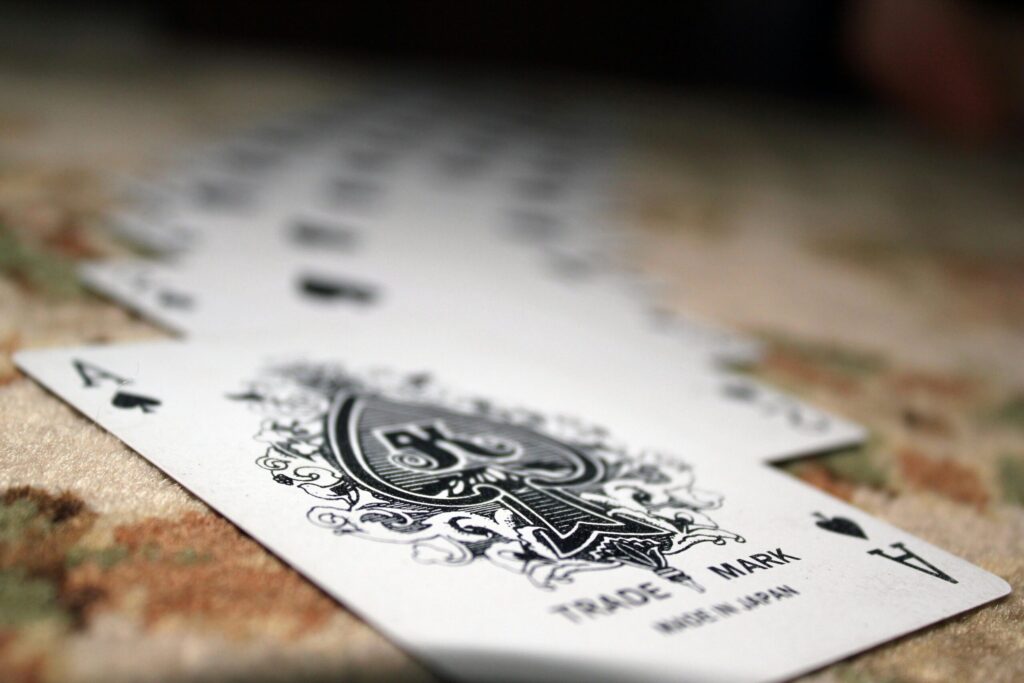When stepping into the vibrant world of casino games, both online and offline, players often encounter a variety of choices. Among these, Blackjack holds a prestigious spot for its blend of skill, strategy, and luck. However, there’s a close relative that has been gaining popularity – Spanish 21. This guide dives into the nuances between Spanish 21 vs Blackjack, helping players understand the distinct features, rules, and strategies that define these games, shedding light on which could potentially offer better odds and a more exhilarating experience.
Understanding the Basics: Spanish 21 vs Blackjack
While both games share the ultimate goal of reaching as close to 21 as possible without busting, several unique twists set Spanish 21 apart. The devil is in the details and understanding these differences is key to choosing which game might best align with your gaming preference and strategy.
Deck Composition
In standard Blackjack, the game is played with one or more standard decks of 52 cards. In contrast, Spanish 21 uses 48-card decks, known as Spanish decks, where all 10s are removed. This seemingly minor change significantly impacts strategy and odds.
Player Blackjack Always Wins
One of the most player-friendly rules in Spanish 21 is that the player’s blackjack always beats the dealer’s blackjack – a rule not found in traditional Blackjack. This increases the player’s chances of winning and adds an exciting twist to the game.
Late Surrender and Double Down Rescue
Spanish 21 offers players the option for late surrender even after doubling down. This option, known as Double Down Rescue, allows players to reclaim half of their initial bet if they’re not confident in their hand – another feature giving players slightly more control over the game’s outcome.
Strategy Comparisons
The strategic depth of both games is immense, yet the removal of the 10s in Spanish 21 creates unique strategies and probabilities. Players must adapt to these differences to optimize their chances of winning.
Table Odds: An Overview
Understanding the inherent house edges in each game is crucial for players. Generally speaking, Spanish 21, with its liberal playing rules, can offer a lower house edge when optimal strategy is employed. Here’s a simplified comparison:
| Aspect | Blackjack | Spanish 21 |
|---|---|---|
| House Edge | ~1% (varies) | ~0.5% (with optimal strategy) |
| Number of Decks | 1-8 | 6-8 (Spanish Decks) |
| Dealer Stands | Usually on all 17s | Always on soft 17 |
| Doublings | Varies | Double after split, Re-double allowed |
Payouts and Bonuses
Spanish 21 often spices up the gameplay with various bonuses for specific hands, such as 5-card 21s, 6-7-8 sequences, and so on. These bonuses, not present in traditional Blackjack, offer additional ways to win beyond the standard payouts.
- Blackjack Payout: Typically 3:2 in Blackjack, whereas Spanish 21 might offer different payout structures for specific winning hands.
- Match the Dealer: Spanish 21 can include side bets like Match the Dealer, where players win if their cards match the dealer’s upcard in rank or suit, adding another layer of excitement.
Choosing Your Game
Deciding between Spanish 21 and Blackjack boils down to personal preference, strategy comfort levels, and an appreciation for the nuances of each game. If you enjoy a game with more player-friendly rules and the potential for exciting bonuses, Spanish 21 might be your calling. On the other hand, if you prefer a classic, straightforward game that stands the test of time, traditional Blackjack could be more your speed.
In conclusion, both games offer unique experiences and opportunities for strategic play. Whether you lean towards the innovative offerings of Spanish 21 or the timeless appeal of Blackjack, understanding these differences is essential in choosing the game that best suits your style and offers the most enjoyable and potentially profitable experience.




